IXPE - Flying with a Falcon to Observe the Universe in X-rays
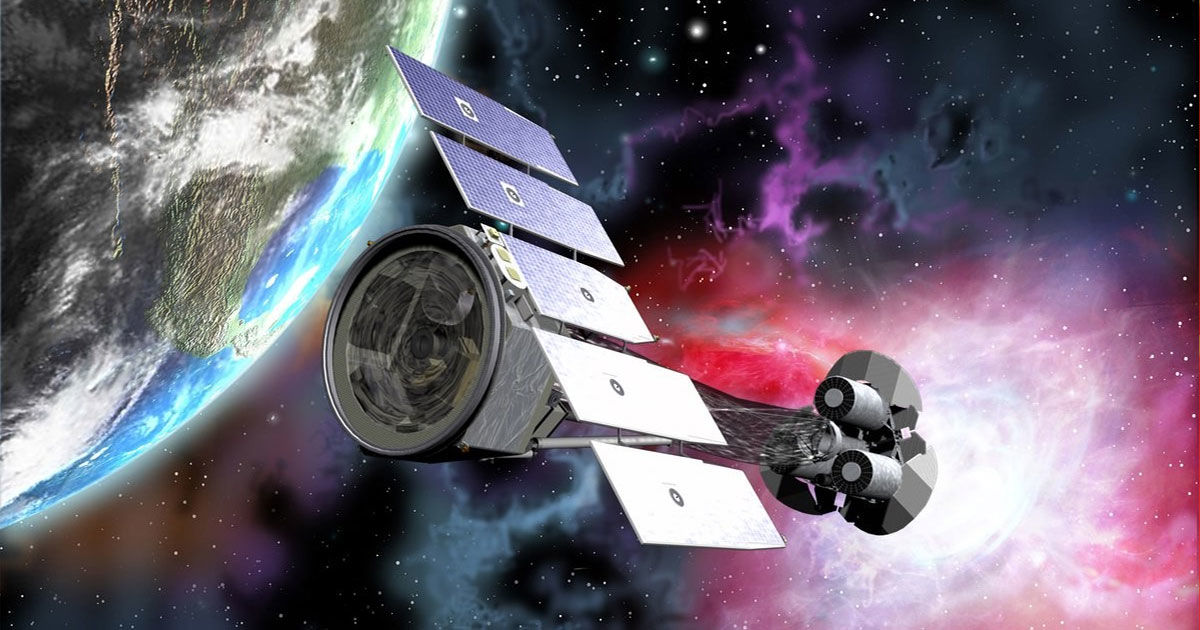 It’s full speed ahead for the NASA mission involving the IXPE satellite (Imaging X-Ray Polarimetry Explorer), a mission that has the ambitious task of opening a new window into polarimetry X-ray astronomy. This promises to provide new and important information on the emission mechanisms and geometry of compact objects, such as neutron stars, and on the configuration of magnetic fields at the sites of celestial X-ray sources. In recent days, the rigorous testing of the satellite equipment was successfully completed, and the American space agency has now officially announced that the launch vehicle, that will take the IXPE into orbit, will be one of the private company SpaceX’s Falcon-9s. The very high technological level of the detectors that Ialy is providing for the mission will allow the IXPE to implement a scientific programme typical of bigger missions, as confirmed by the NASA board that selected it. The board has, in fact, promoted it from a Small Explorer programme (SMEX) to a Medium-Class Explorers (MIDEX) programme. The most significant Italian contributions are those of the National Institute for Astrophysics (INAF), the National Institute for Nuclear Physics (INFN), and the Italian Space Agency (ASI).
It’s full speed ahead for the NASA mission involving the IXPE satellite (Imaging X-Ray Polarimetry Explorer), a mission that has the ambitious task of opening a new window into polarimetry X-ray astronomy. This promises to provide new and important information on the emission mechanisms and geometry of compact objects, such as neutron stars, and on the configuration of magnetic fields at the sites of celestial X-ray sources. In recent days, the rigorous testing of the satellite equipment was successfully completed, and the American space agency has now officially announced that the launch vehicle, that will take the IXPE into orbit, will be one of the private company SpaceX’s Falcon-9s. The very high technological level of the detectors that Ialy is providing for the mission will allow the IXPE to implement a scientific programme typical of bigger missions, as confirmed by the NASA board that selected it. The board has, in fact, promoted it from a Small Explorer programme (SMEX) to a Medium-Class Explorers (MIDEX) programme. The most significant Italian contributions are those of the National Institute for Astrophysics (INAF), the National Institute for Nuclear Physics (INFN), and the Italian Space Agency (ASI).



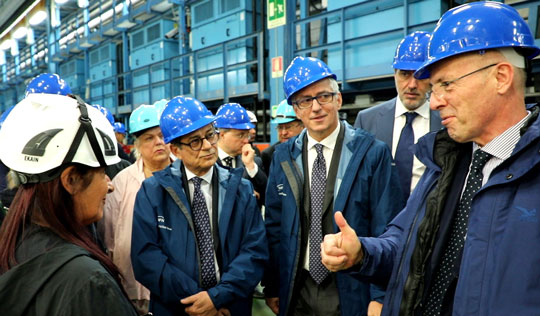 The Minister of Economy and Finance, Giovanni Tria, visited INFN’s Gran Sasso National Laboratories (LNGS) on 7 August where he was welcomed by INFN President Antonio Zoccoli and the LNGS Director Stefano Ragazzi. After a presentation about INFN’s research activities, the Minister was accompanied through the facilities inside the Gran Sasso massif, where he was led along a route that included the three large halls and the underground laboratories’ experiments. During his visit, Tria, who expressed interest in and appreciation of LNGS’s research, emphasised how the Gran Sasso Laboratories represent a great Italian success that should be cultivated, a place that is at the global knowledge frontier, thanks to its worldwide collaboration.
The Minister of Economy and Finance, Giovanni Tria, visited INFN’s Gran Sasso National Laboratories (LNGS) on 7 August where he was welcomed by INFN President Antonio Zoccoli and the LNGS Director Stefano Ragazzi. After a presentation about INFN’s research activities, the Minister was accompanied through the facilities inside the Gran Sasso massif, where he was led along a route that included the three large halls and the underground laboratories’ experiments. During his visit, Tria, who expressed interest in and appreciation of LNGS’s research, emphasised how the Gran Sasso Laboratories represent a great Italian success that should be cultivated, a place that is at the global knowledge frontier, thanks to its worldwide collaboration.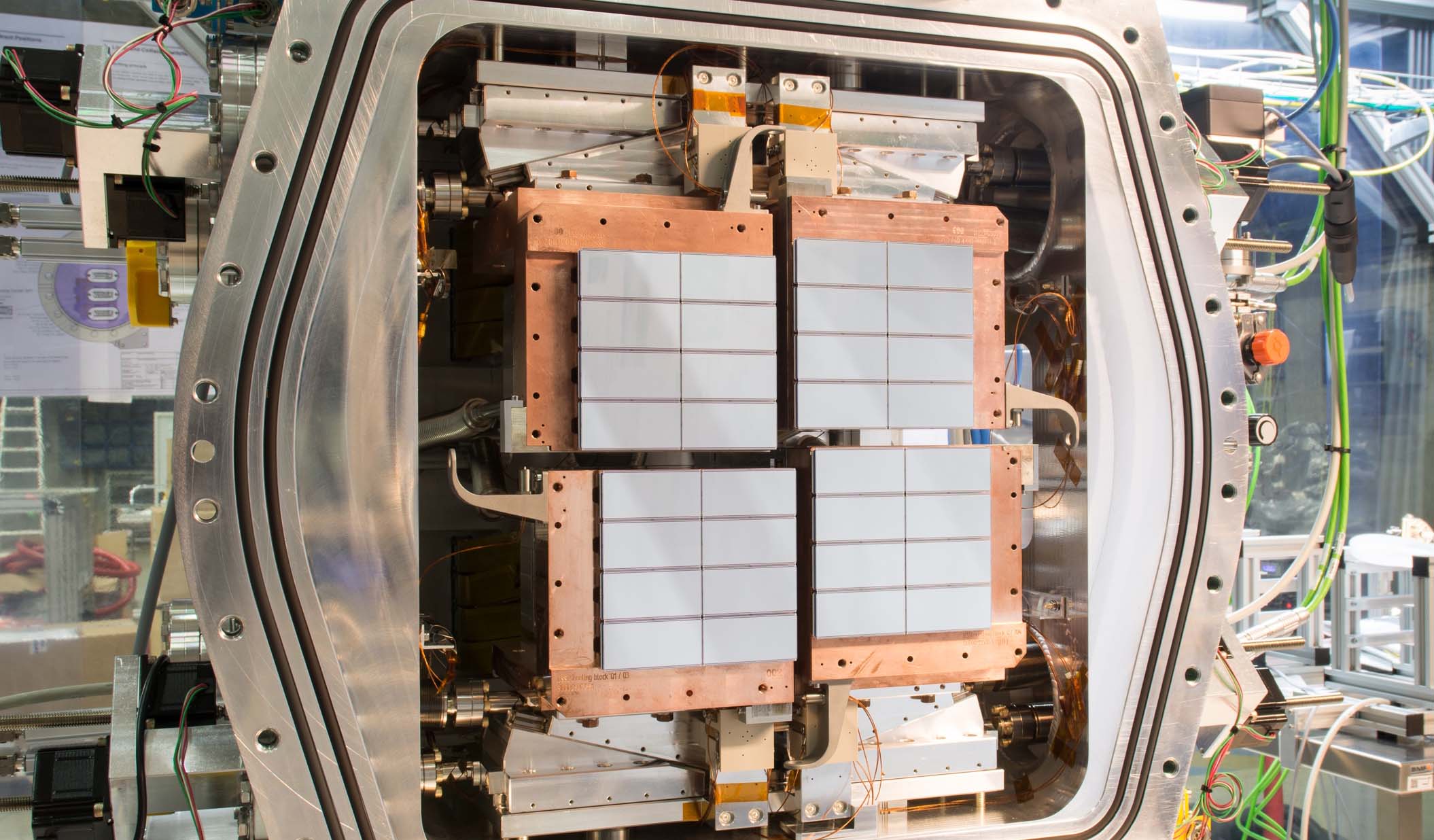 The installation of the fastest low-energy X-ray camera in the world was recently, successfully concluded at the European XFEL in Hamburg. It is an image detector for electromagnetic radiation in the X band (called DePFET Sensor with Signal Compression, DSSC) and is based on silicon sensors. The detector is unique of its kind and represents the culmination of more than ten years of research and collaborative, international development by a group of researchers associated with the INFN sections in Milan and Pavia. This group worked in collaboration with DESY, the University of Heidelberg, and the European XFEL, which coordinates the international DSSC consortium. The detector was specifically planned for X-rays of energy between 0.5 and 6 keV. Specifically, it will enable the ultrafast study of electronic, spin, and atomic structures on a time scale of tens of femtoseconds. The European XFEL is able to produce packets that contain up to 2,700 X-ray flashes. These can be launched in quick succession with only a 220-nanosecond time difference between two flashes. At full capacity, the DSSC detector will acquire images at the speed of 4.5 million images per second and will be able to store 800 images of 1 megapixel. At the moment, a second camera, which will allow better energy resolution and an even higher dynamic interval, is already under development
The installation of the fastest low-energy X-ray camera in the world was recently, successfully concluded at the European XFEL in Hamburg. It is an image detector for electromagnetic radiation in the X band (called DePFET Sensor with Signal Compression, DSSC) and is based on silicon sensors. The detector is unique of its kind and represents the culmination of more than ten years of research and collaborative, international development by a group of researchers associated with the INFN sections in Milan and Pavia. This group worked in collaboration with DESY, the University of Heidelberg, and the European XFEL, which coordinates the international DSSC consortium. The detector was specifically planned for X-rays of energy between 0.5 and 6 keV. Specifically, it will enable the ultrafast study of electronic, spin, and atomic structures on a time scale of tens of femtoseconds. The European XFEL is able to produce packets that contain up to 2,700 X-ray flashes. These can be launched in quick succession with only a 220-nanosecond time difference between two flashes. At full capacity, the DSSC detector will acquire images at the speed of 4.5 million images per second and will be able to store 800 images of 1 megapixel. At the moment, a second camera, which will allow better energy resolution and an even higher dynamic interval, is already under development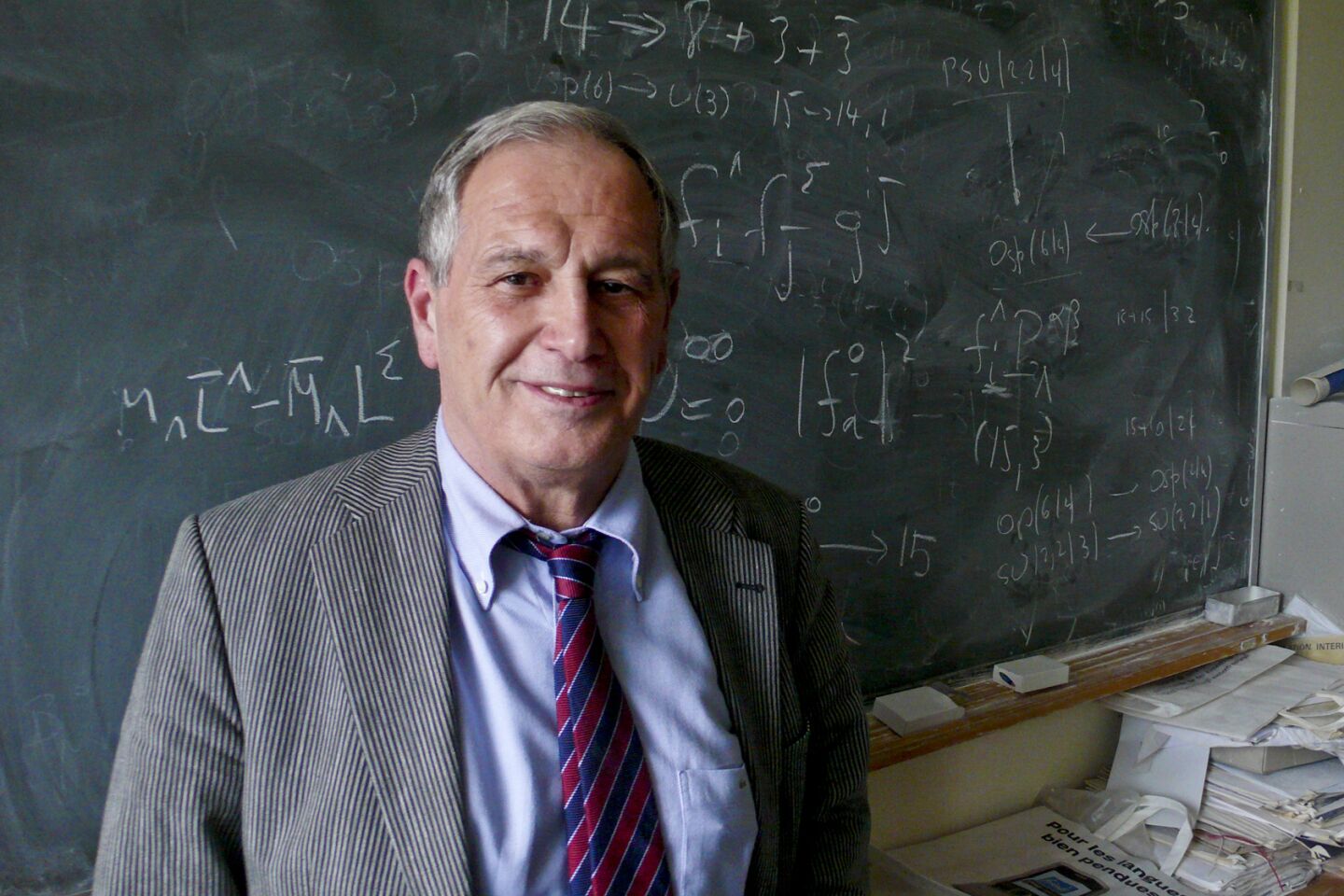 The 2019 Breakthrough Prize in Fundamental Physics, which is worth 3 million dollars, was awarded to the theoretical physicists Sergio Ferrara (CERN and INFN Frascati National Laboratories), Dan Freedman (Massachusetts Institute of Technology and Stanford University), and Peter van Nieuwenhuizen (Stony Brook University) for the “invention of supergravity, in which quantum variables are part of the description of the geometry of spacetime”. The winners will be given their prize at a ceremony that will take place on 3 November 2019 at NASA. Ferrara, Freedman and van Nieuwenhuizen are the architects of supergravity, a very influential theory dating back to 1976 that successfully integrated the force of gravity with a particular type of quantum field theory.
The 2019 Breakthrough Prize in Fundamental Physics, which is worth 3 million dollars, was awarded to the theoretical physicists Sergio Ferrara (CERN and INFN Frascati National Laboratories), Dan Freedman (Massachusetts Institute of Technology and Stanford University), and Peter van Nieuwenhuizen (Stony Brook University) for the “invention of supergravity, in which quantum variables are part of the description of the geometry of spacetime”. The winners will be given their prize at a ceremony that will take place on 3 November 2019 at NASA. Ferrara, Freedman and van Nieuwenhuizen are the architects of supergravity, a very influential theory dating back to 1976 that successfully integrated the force of gravity with a particular type of quantum field theory. 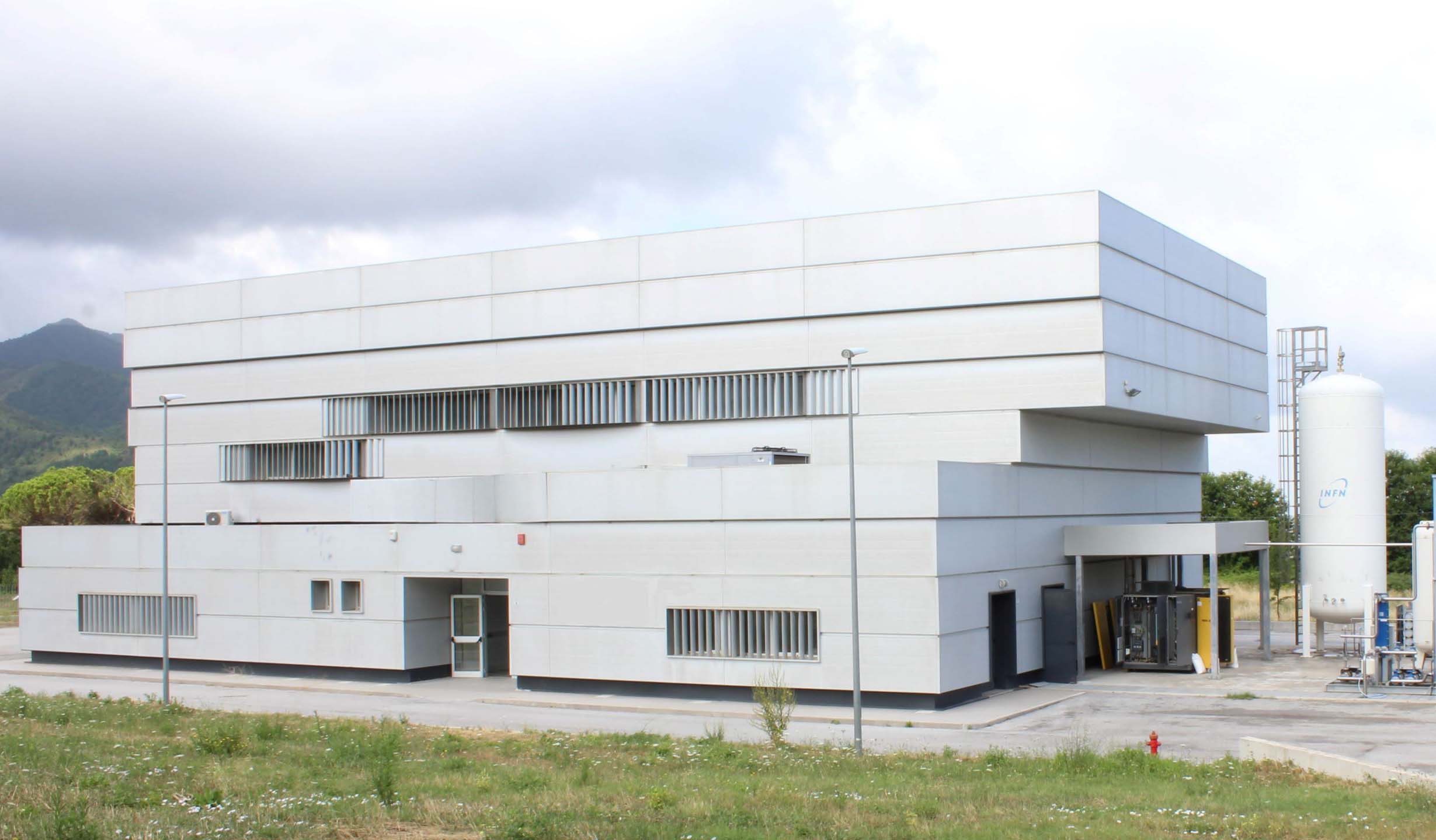 INFN and GSI Helmholtzzentrum für Schweronenforschung recently signed an agreement to test a series of complex magnetic systems – the quadrupole modules of the FAIR accelerator’s SIS100 machine – through the execution of extensive cryogenic tests. The agreement is based on a long and successful collaboration between the two research institutes in the development and construction of superconducting magnets. For FAIR, the advanced technology modules are the result of a complex international production process. First, the quadrupoles’ superconducting units are custom manufactured in Russia. These are composed of various types of magnets, for the focusing and correction of the particle beam. Next, these units are sent to Germany, to the Bilfinger Noell laboratory in Würzburg, where they are assembled with the other components. More than 80 of these quadrupole modules, once assembled, are then sent to the superconductivity laboratory in Salerno, Italy. Here they will be run at the final operational temperature of -269 °C on a cryogenic testing structure specially created for this process. In addition to INFN, the associated Salerno group of the Naples section, and the University of Salerno, ENEA and the Competence Centre for New Technologies and Productive Activities (CRdC) participated in establishing the laboratory with PON funding.
INFN and GSI Helmholtzzentrum für Schweronenforschung recently signed an agreement to test a series of complex magnetic systems – the quadrupole modules of the FAIR accelerator’s SIS100 machine – through the execution of extensive cryogenic tests. The agreement is based on a long and successful collaboration between the two research institutes in the development and construction of superconducting magnets. For FAIR, the advanced technology modules are the result of a complex international production process. First, the quadrupoles’ superconducting units are custom manufactured in Russia. These are composed of various types of magnets, for the focusing and correction of the particle beam. Next, these units are sent to Germany, to the Bilfinger Noell laboratory in Würzburg, where they are assembled with the other components. More than 80 of these quadrupole modules, once assembled, are then sent to the superconductivity laboratory in Salerno, Italy. Here they will be run at the final operational temperature of -269 °C on a cryogenic testing structure specially created for this process. In addition to INFN, the associated Salerno group of the Naples section, and the University of Salerno, ENEA and the Competence Centre for New Technologies and Productive Activities (CRdC) participated in establishing the laboratory with PON funding.

